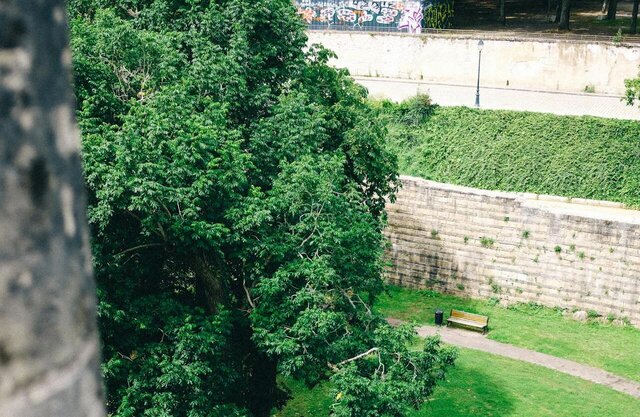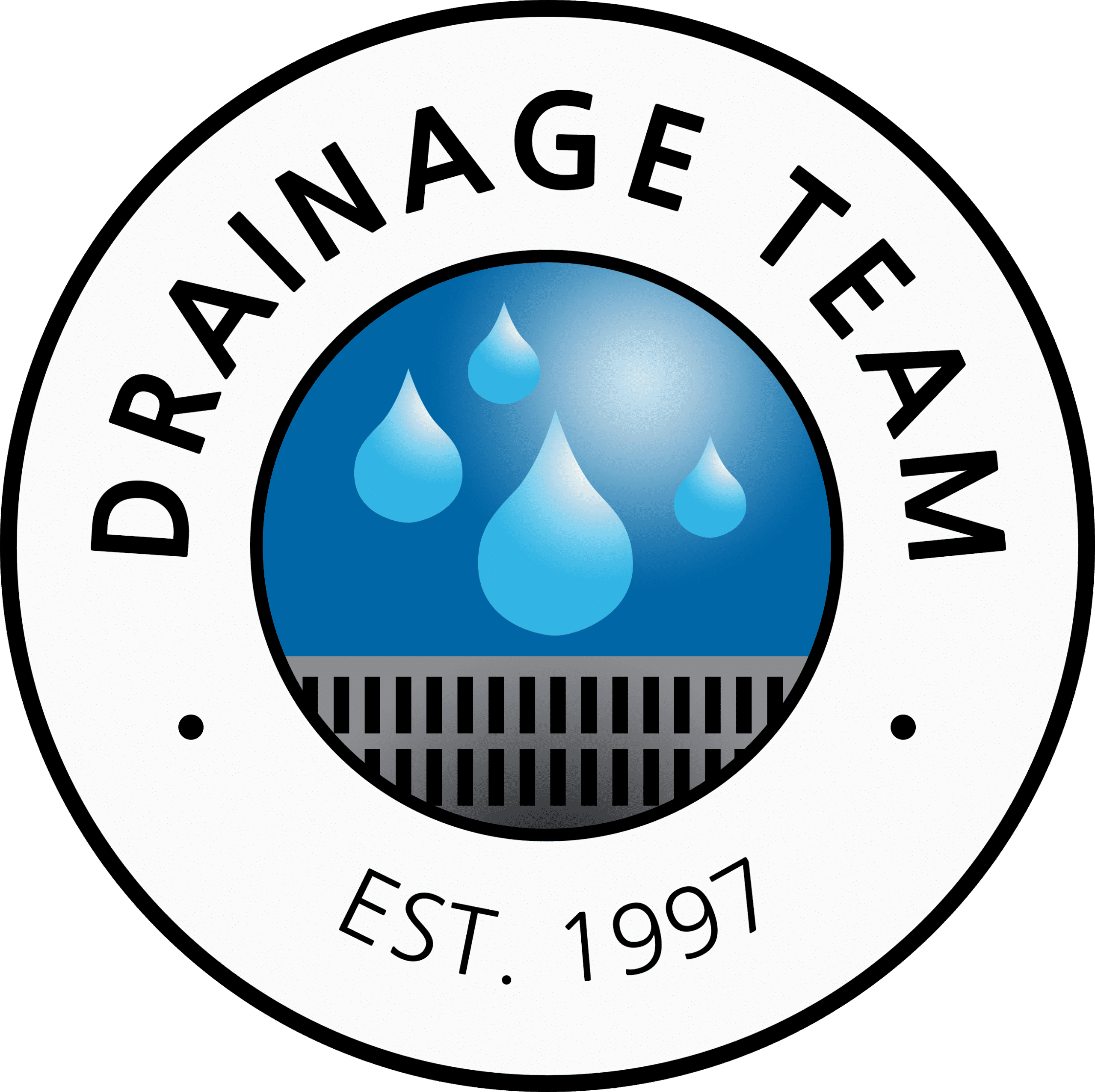Soil erosion can pose a significant challenge for property owners, particularly in areas with sloping terrain or heavy rainfall. Trees, plants, and even buildings can be compromised due to soil degradation caused by erosion. Furthermore, pollutants and sediments from eroded soil can find their way into local waterways and stormwater systems, potentially harming the surrounding environment. As a result, implementing effective erosion control strategies for residential, commercial, and governmental properties is crucial to maintaining the health and safety of buildings, landscapes, and ecosystems alike.
In this article, we will discuss various erosion control strategies and techniques that can be applied to a wide range of property types. We will explore how these methods can help preserve soil, maintain landscape integrity, protect infrastructure, and support environmental sustainability. By understanding the intricacies of effective erosion control, property owners and managers can create more resilient and environmentally responsible properties that promote long-term stability and value.
1. Understanding Soil Erosion and Its Impact on Properties
Soil erosion occurs when the top layer of soil is gradually worn away by natural processes such as wind, rainfall, and surface runoff. The removal of this nutrient-rich layer of soil can lead to a variety of negative consequences for properties, including:
– Weakened infrastructure: Erosion can cause the ground surrounding buildings and structures to become unstable, potentially leading to costly damage or even collapse.
– Loss of fertile soil: As the nutrient-rich topsoil is eroded, plant growth can be hindered, reducing the productivity of landscaped areas and green spaces.
– Sedimentation in water bodies: When sediment-laden runoff enters nearby waterways, it can negatively impact water quality, harm aquatic habitats, and contribute to flooding due to silt buildup.
– Regulatory issues: Property owners and managers may be required by local, state, or federal regulations to implement specific erosion control measures, and failure to do so can result in fines or other penalties.
2. Vegetation and Ground Cover for Erosion Control
One of the most effective erosion control measures involves the use of vegetation and ground cover to stabilize soil and prevent its removal by wind or water. This strategy can be applied to various property types and includes the following techniques:
– Seeding: Spreading grass, shrub, or flower seeds across an exposed area of soil can help establish a protective layer of vegetation that will hold the soil in place and reduce erosion. Native plants are particularly useful as they are more likely to thrive in local conditions and require less maintenance.
– Mulching: Covering soil surfaces with a layer of mulch, such as shredded bark or wood chips, can help protect the soil from erosion by reducing the force of falling raindrops and stabilizing the soil surface.
– Strategic tree planting: Planting trees in erosion-prone areas can provide additional soil stability due to their extensive root systems, which help anchor the soil and prevent it from being washed or blown away.
– Erosion control blankets and mats: When vegetation is slow to establish, biodegradable erosion control blankets or mats can be used to temporarily stabilize the soil surface and promote the growth of new vegetation.
3. Structural Erosion Control Techniques
In addition to vegetation and ground cover, various structural techniques can be used to prevent and mitigate soil erosion on a property. These methods typically involve the construction of barriers or containment systems to control water flow and sediment movement. Some effective structural erosion control techniques include:
– Retaining walls: Constructing a wall made from concrete, stone, or other materials can create a physical barrier that prevents soil from sliding downhill due to gravity.
– Gabions: These wire mesh structures, filled with rocks or other materials, can be used as retaining walls, riverbank stabilizers, or to create terraces that slow the movement of water and sediment.
– Silt fences and sediment barriers: Installing silt fences or other sediment barriers around construction sites or exposed soil areas can help to trap sediment-laden runoff and prevent it from entering nearby waterways.
– Drainage systems: Properly designed and maintained drainage systems, such as swales, culverts, and French drains, can help to effectively manage surface water runoff, reduce the erosion potential of bare soil, and protect structures from potential water damage.
4. Adaptive Strategies for Erosion Control
Implementing comprehensive erosion control strategies often requires a combination of vegetation, ground cover, structural techniques, and adaptive management practices. Some adaptive strategies to consider when addressing soil erosion on a property include:
– Regular inspection and maintenance: Conducting routine inspections and maintaining erosion control measures can ensure their long-term effectiveness and help prevent significant damage due to unnoticed issues.
– Stormwater management: Integrating effective stormwater management into a property’s overall erosion control strategy can help to minimize surface water runoff, further reducing impacts on soil stability and water quality.
– Collaborating with professionals: Engaging with erosion control specialists, landscape architects, or civil engineers can provide valuable guidance on the most appropriate and effective erosion control measures for a property based on its unique characteristics, ensuring the best possible outcomes.
Conclusion
Erosion control is an essential aspect of maintaining and protecting residential, commercial, and governmental properties, safeguarding infrastructure, preserving ecosystems, and complying with regulations. By combining vegetation and ground cover, implementing structural techniques, and adopting adaptive management practices, property owners and managers can effectively mitigate the risks associated with soil erosion.
If you are looking to protect your property from the negative impacts of erosion, the Drainage Team is here to help. Our expertise in drainage, erosion, stormwater basins, and waterproofing allows us to provide tailored solutions that enhance the stability and sustainability of your property. Reach out to us today to discuss your erosion control needs and explore how we can help create a more resilient and eco-friendly development.






